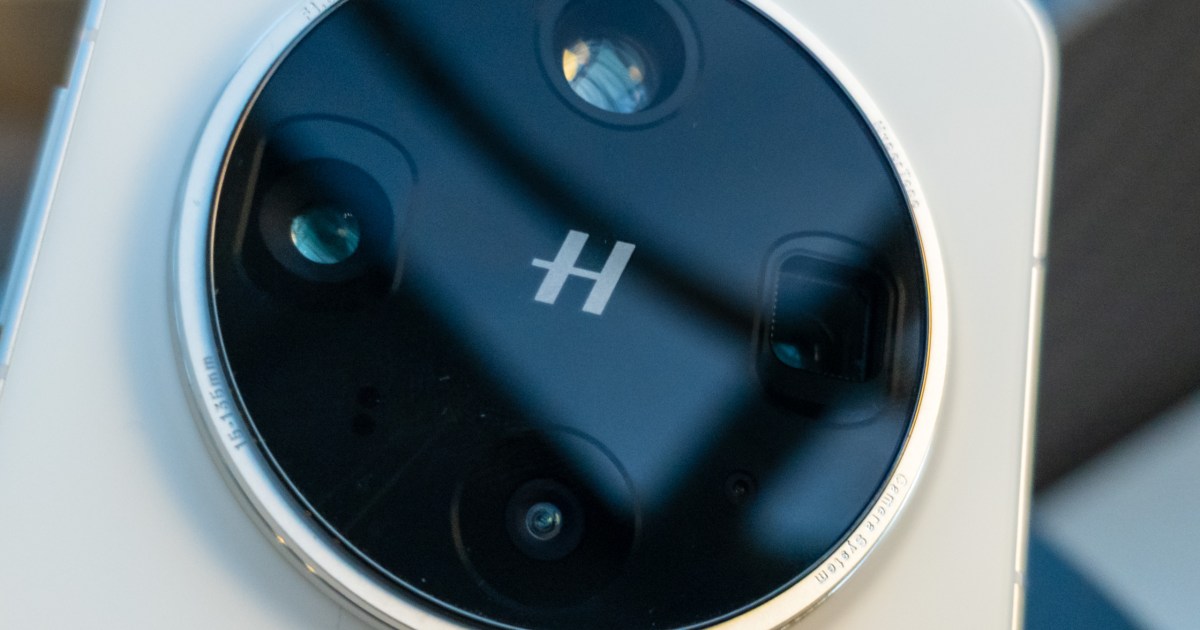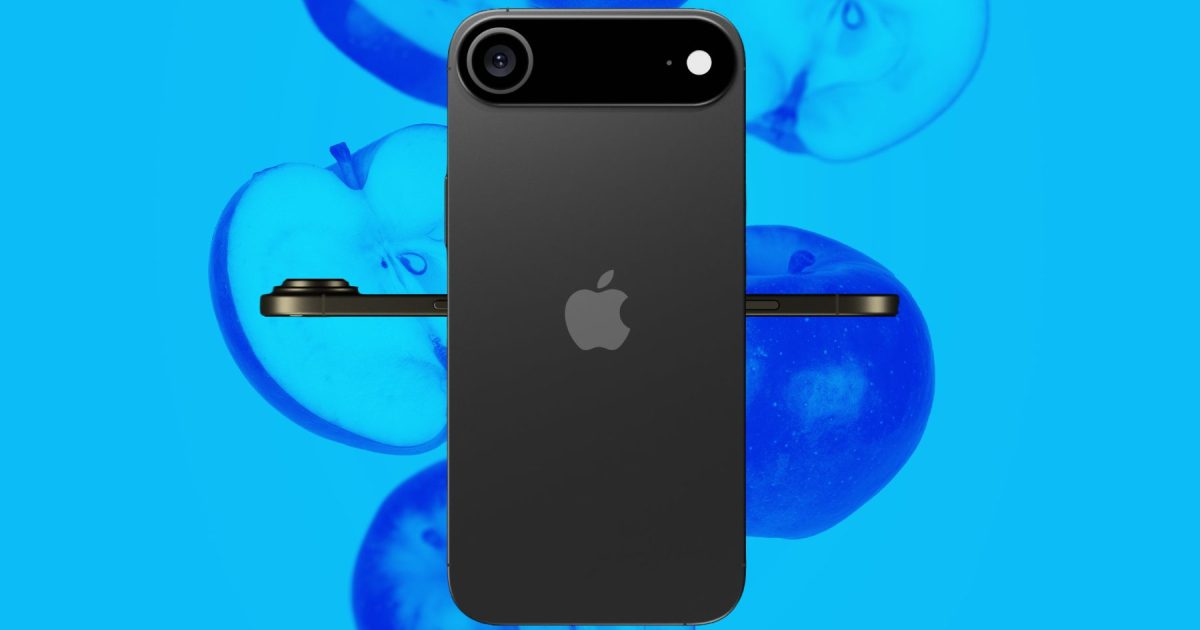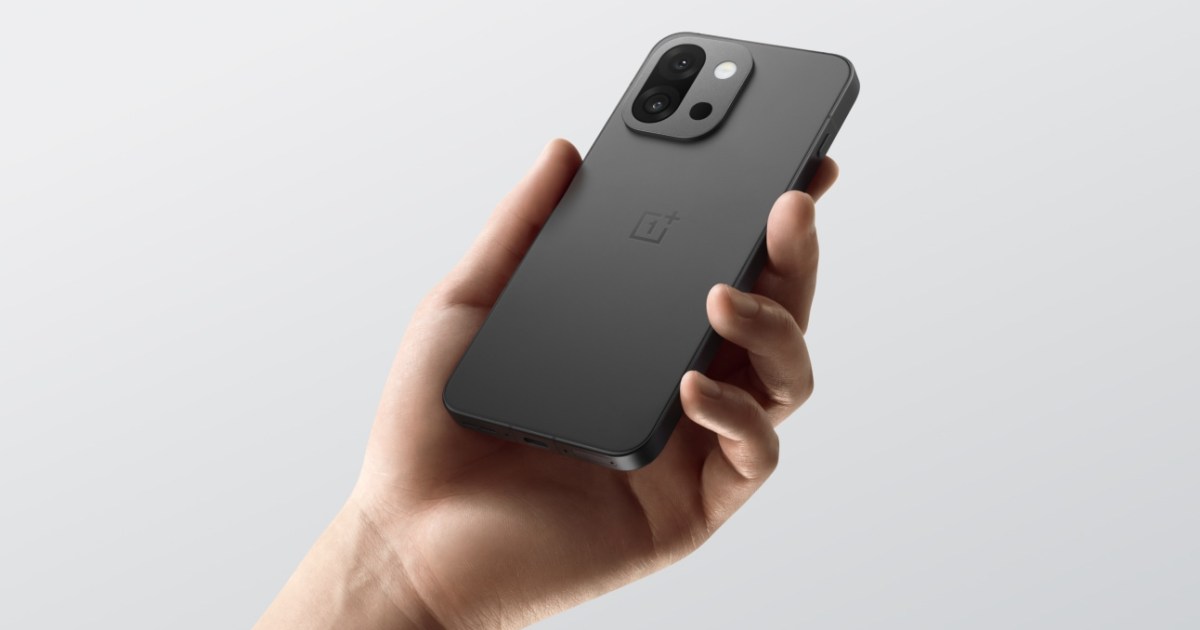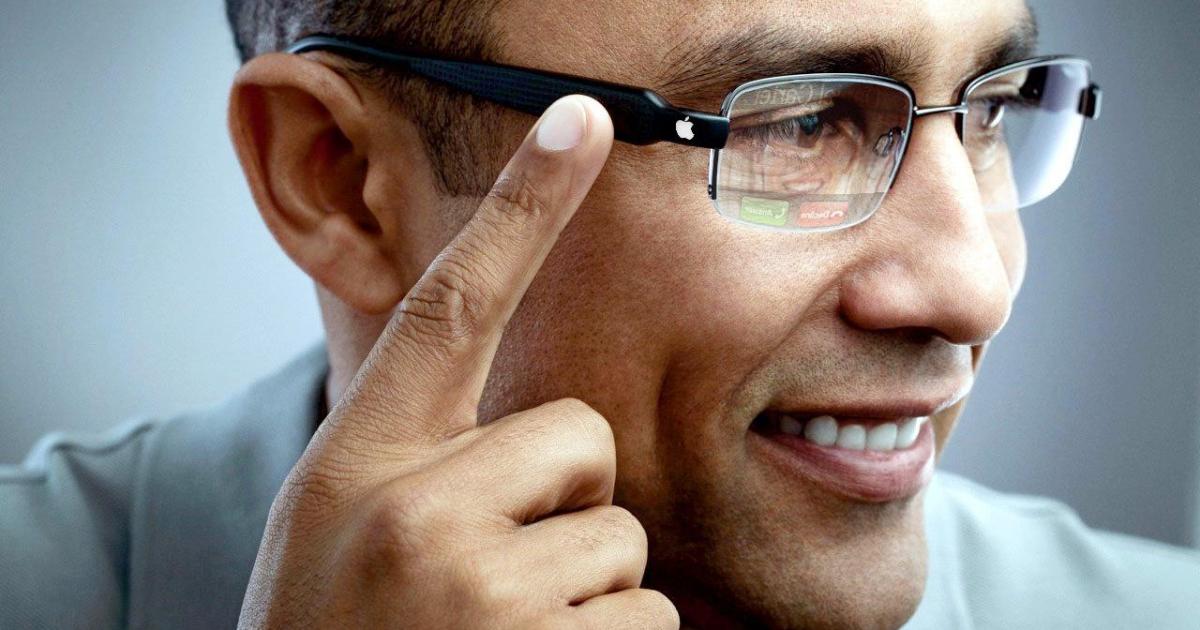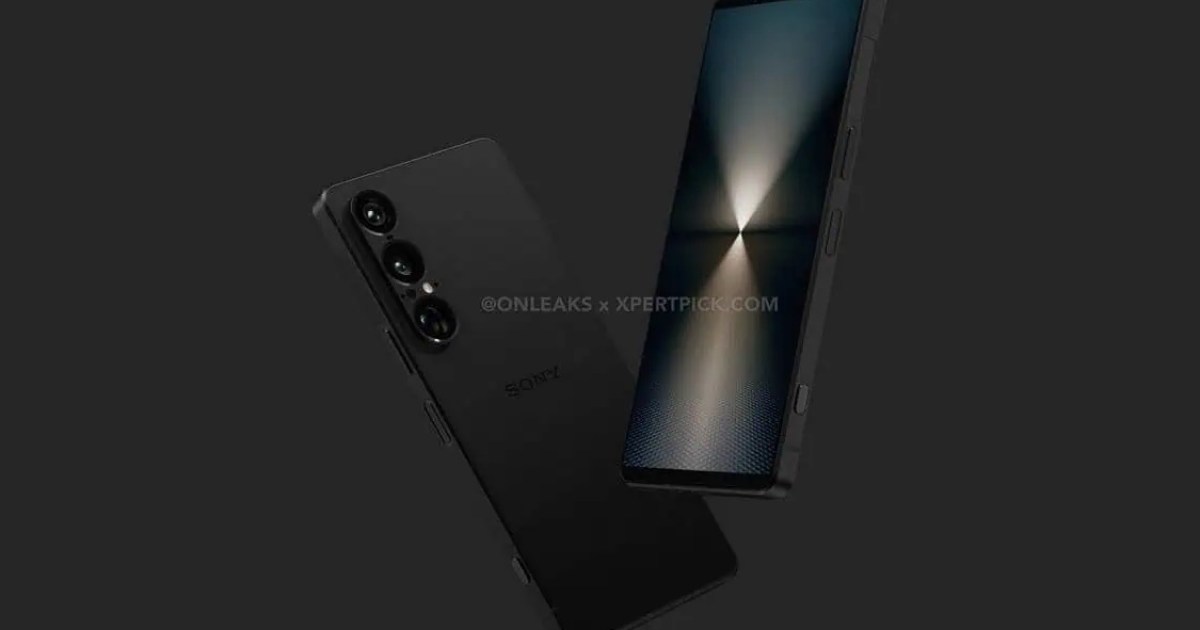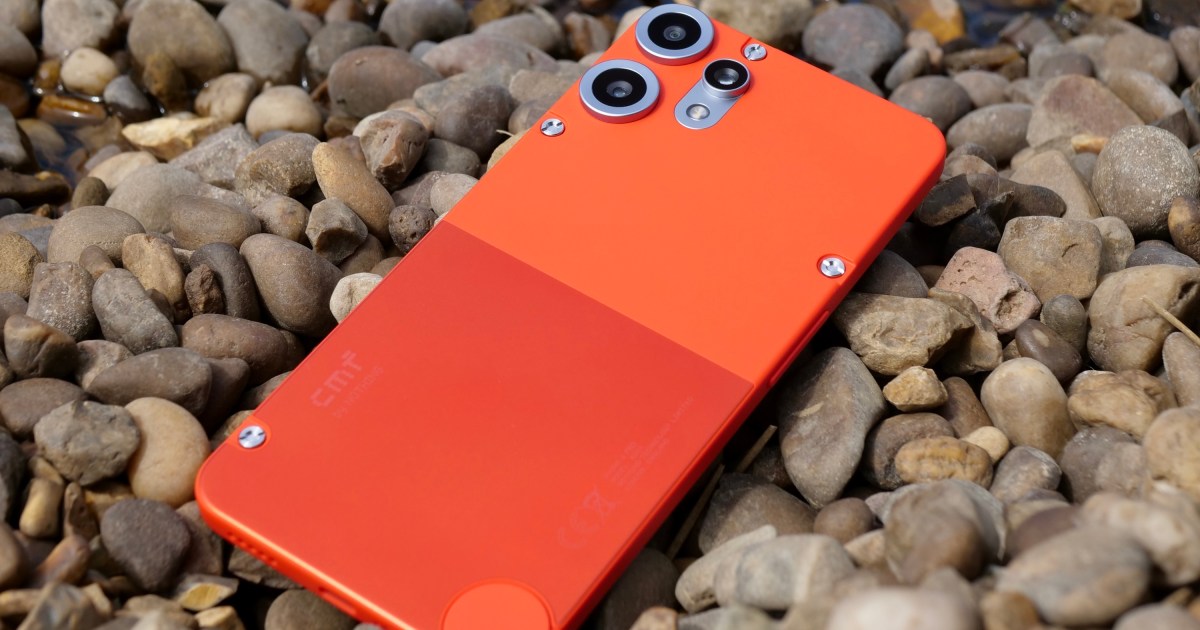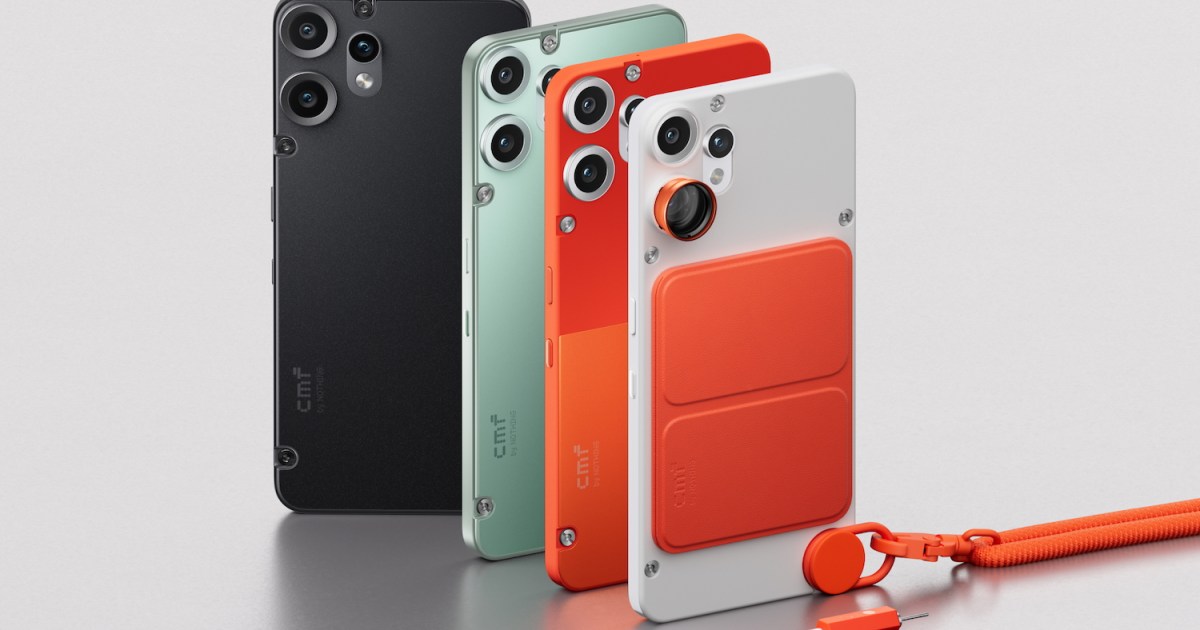Smartwatches have come a long way since their inception over 25 years ago. Apple’s entry into the market a decade ago revolutionized the industry, shifting the focus to fitness, apps, and customizable watch faces. However, the Apple Watch’s iPhone exclusivity created a demand for Android-compatible alternatives, leading to the development of Google’s Wear OS. Despite numerous iterations, Wear OS still faces challenges, prompting companies like OnePlus to explore RTOS (Real-Time Operating System) as a potential solution. But is RTOS truly the answer to Wear OS’s woes?
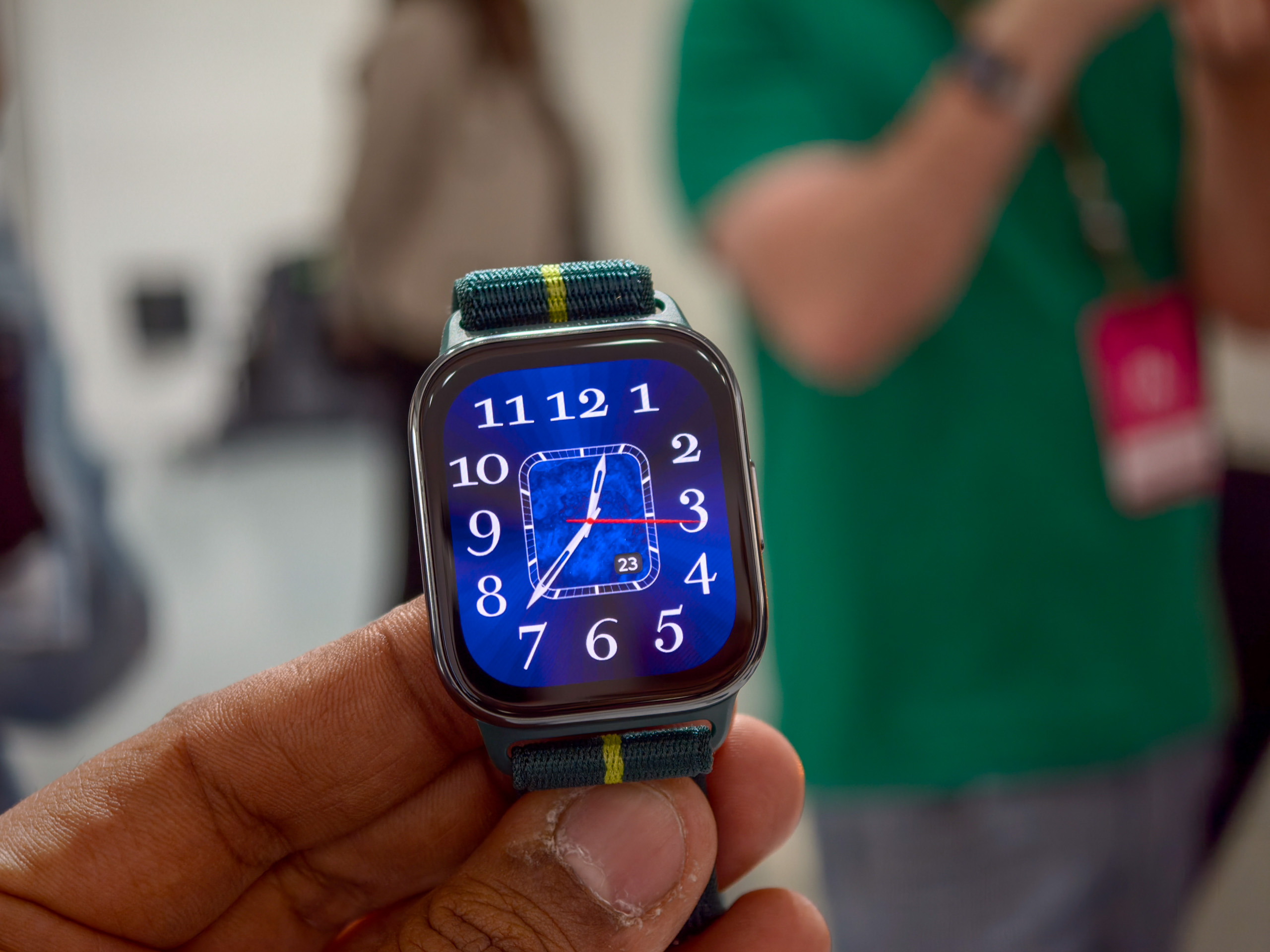 Watch face on the new Moto Watch Fit 2025
Watch face on the new Moto Watch Fit 2025
Understanding RTOS and its Advantages
RTOS, specifically FreeRTOS in the context of smartwatches, is designed for low-power, precision-focused tasks like timekeeping. Predating its application in smartwatches, RTOS has powered diverse technologies ranging from pacemakers to flight booking systems and even radar. Its efficiency allows smartwatches to offer features like heart rate tracking without demanding powerful chipsets or large batteries, resulting in a fast and responsive user experience. RTOS has already found a home in smart devices from brands like Amazfit and Xiaomi, as well as several leading fitness trackers, highlighting its suitability for precise health monitoring.
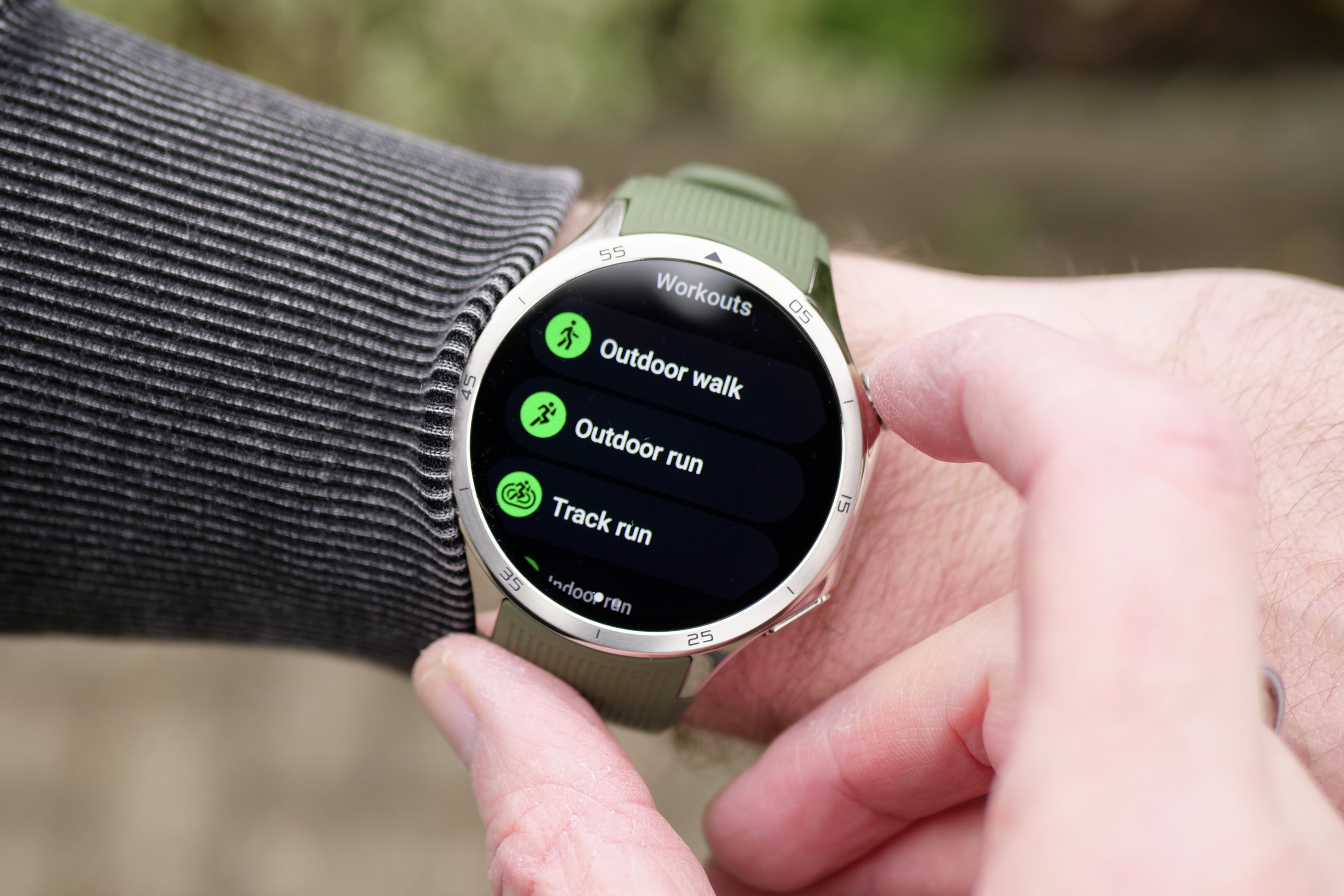 A person wearing the OnePlus Watch 3 showing the different activities available.
A person wearing the OnePlus Watch 3 showing the different activities available.
Wear OS: Strengths and Weaknesses
While RTOS offers numerous advantages, its biggest drawback is limited app support. This restricts users to the manufacturer’s pre-installed apps and watch faces, making platform switching difficult and potentially leading to data loss. Wear OS, conversely, promotes cross-device compatibility and access to a vast app ecosystem through the Google Play Store. Similar to Android phones, Wear OS offers a consistent experience across devices, but this often comes at the expense of battery life and efficiency, a critical factor for wearables.
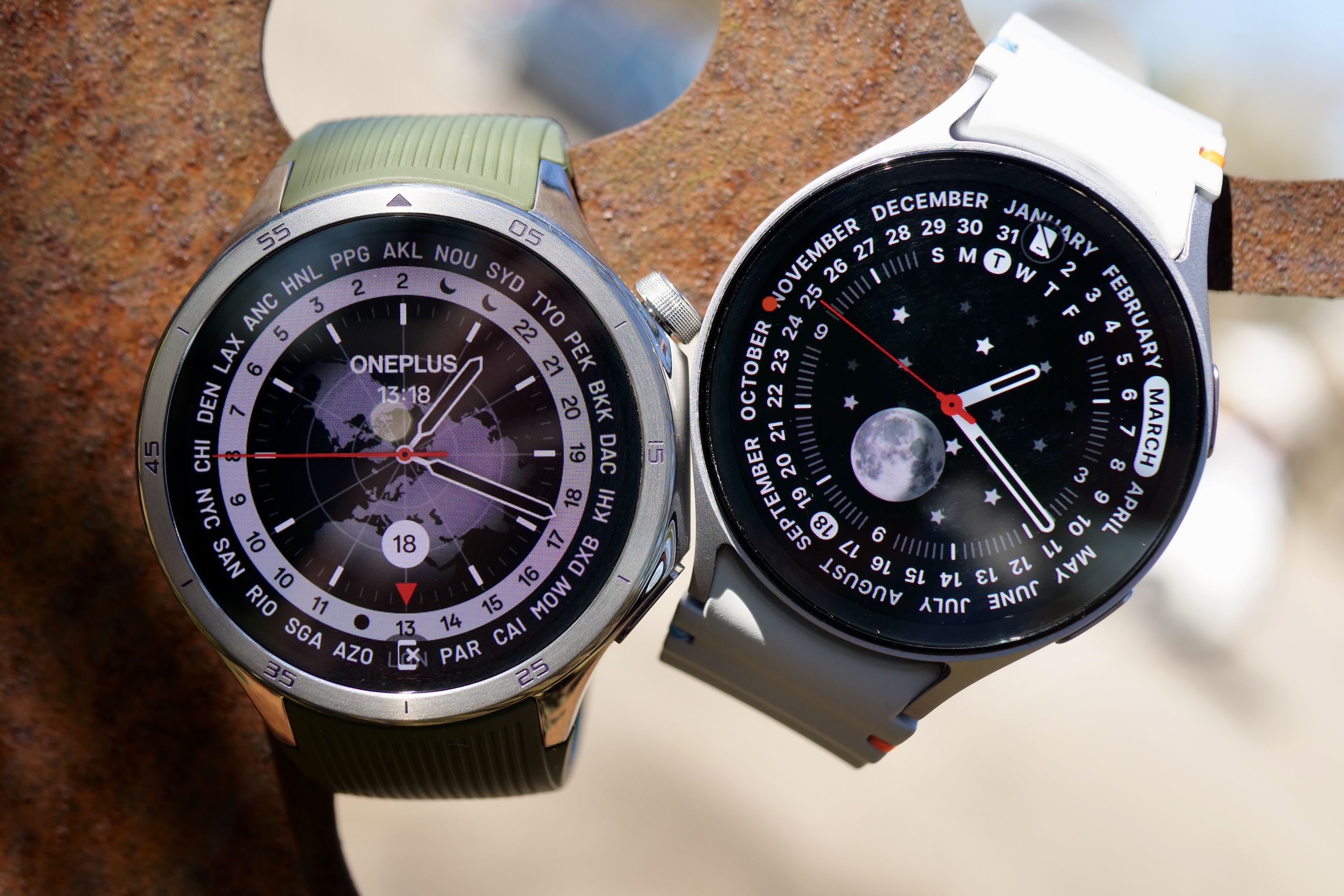 The OnePlus Watch 3 and the Samsung Galaxy Watch 7.
The OnePlus Watch 3 and the Samsung Galaxy Watch 7.
Different Approaches to RTOS Implementation
The smartwatch landscape is divided between Wear OS loyalists and RTOS proponents. Samsung, for instance, abandoned its Tizen OS to embrace Wear OS, while other manufacturers continue to produce some of the best Android smartwatches. However, companies like OnePlus and Motorola have demonstrated RTOS’s viability, particularly when prioritizing battery life over advanced features. This has led to two distinct RTOS implementations: Motorola’s Moto Watch Fit relies solely on RTOS, requiring in-house development of fitness and core apps, while OnePlus’s Watch 3 adopts a dual-architecture approach, combining RTOS and Wear OS. Both leverage RTOS benefits, but OnePlus minimizes the drawbacks associated with limited app support.
 App menu on the new Moto Watch Fit 2025
App menu on the new Moto Watch Fit 2025
The Dual-Architecture Solution: A Path Forward for Wear OS?
Developing feature-rich smartwatches presents significant challenges. As Wear OS expands its functionality, battery demands increase, forcing manufacturers to compromise on battery size, display dimensions, price, or overall thickness. The allure of RTOS is understandable, but does it truly address Wear OS’s core issues? While the Moto Watch Fit boasts impressive battery life, it lacks Wear OS’s extensive features. OnePlus’s dual-architecture approach, seamlessly switching between RTOS for low-power tasks and Wear OS for advanced functionality, offers a compelling alternative.
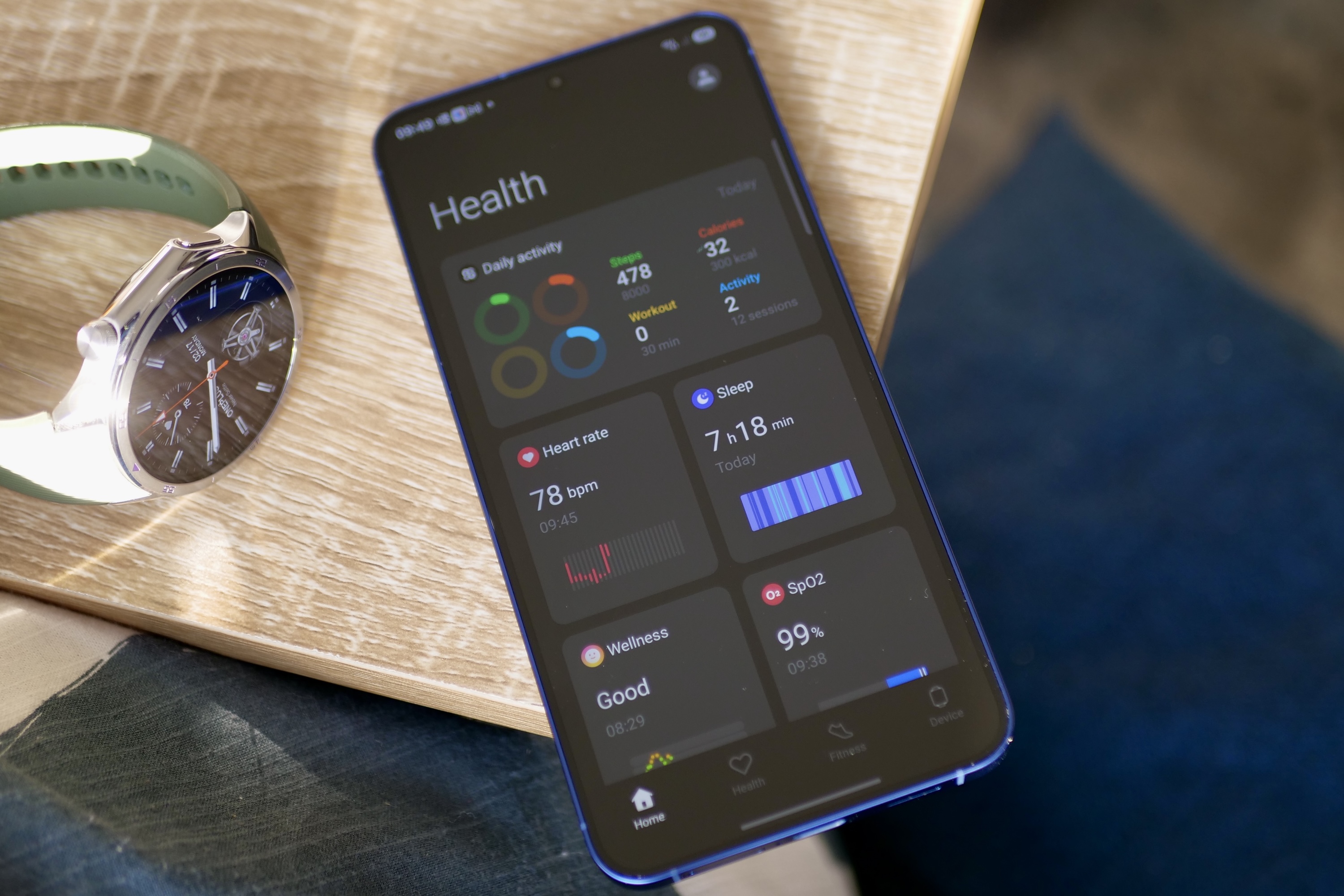 The OnePlus Watch 3 and OHealth app.
The OnePlus Watch 3 and OHealth app.
The Future of Smartwatch Operating Systems
For Wear OS to compete effectively with the Apple Watch, it needs to address its limitations, primarily battery life. The OnePlus Watch 3 suggests that a dual-architecture approach incorporating RTOS could be the key. If this strategy proves successful, it could pave the way for more efficient and feature-rich Wear OS devices. Otherwise, the smartwatch market might see a rise in RTOS-exclusive watches at the expense of Wear OS adoption.
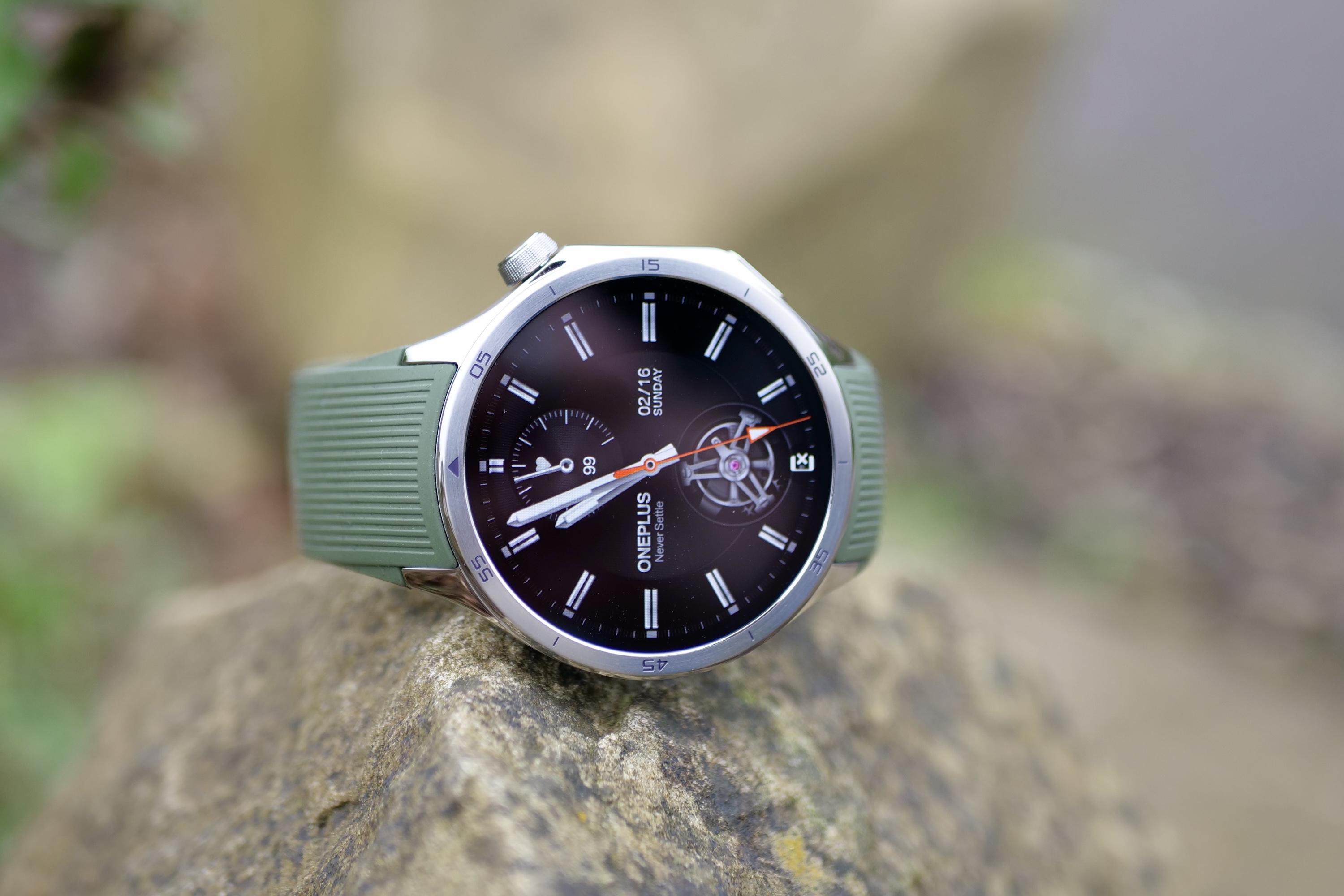 The OnePlus Watch 3.
The OnePlus Watch 3.




